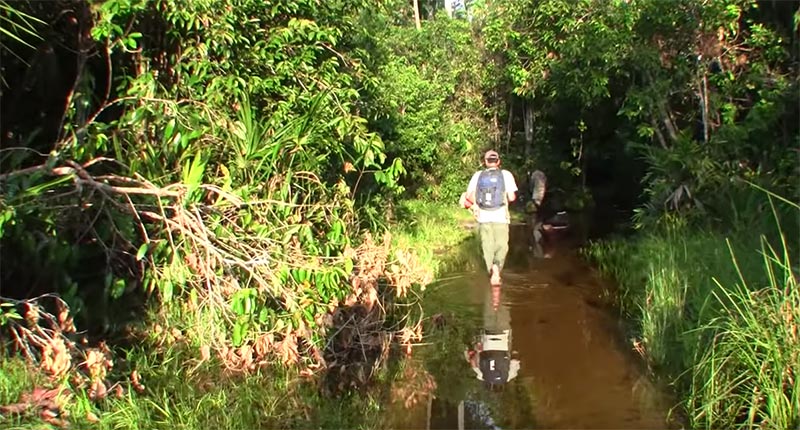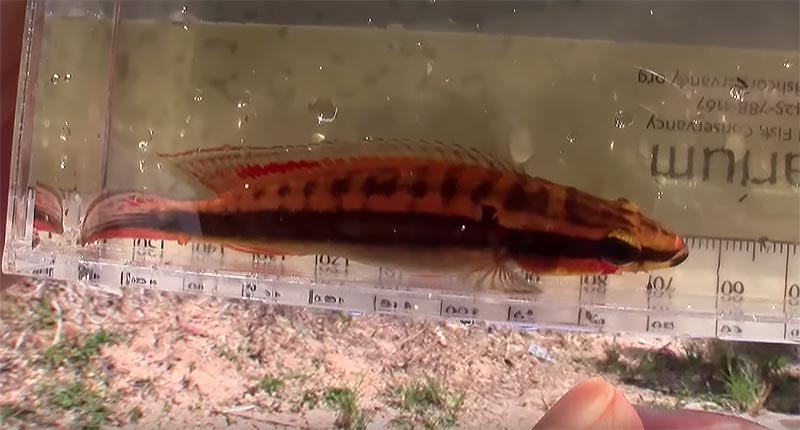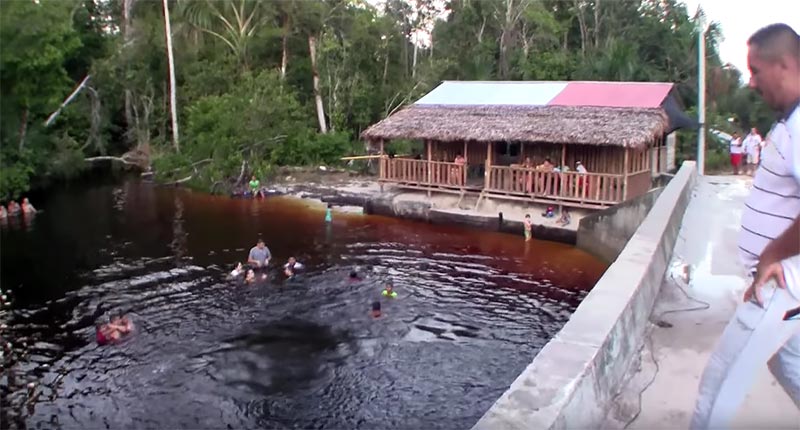
We continued on to the village at the Caño Vitina crossing, where we found the party going on. Colombia…is awesome!
“The port city of Inírida is located on the south bank of the Rio Inírida a couple miles upstream from its confluence with the larger Rio Guaviare. The Rio Inírida is a blackwater river that drains an area in the southern part of Colombia, not part of the Llanos ecosystem. The Rio Guaviare marks the southern border of the Llanos, and is a whitewater river that drains the southernmost part of that ecosystem. Both rivers combine only a few miles from where they meet the mighty Rio Orinico, the second largest watershed in South America. Tucked into the area between the Rio Inírida and the Rio Orinico is the Rio Atabapo, a beautiful blackwater river that flows north and forms the border between Colombia and Venezuela. All these rivers coming together is the reason this is a special place on Earth, and why we are visiting Inírida. Their close proximity to each other also means that the smaller streams around the city of Inírida flow into either the Rio Inírida or the Rio Atabapo, and the types of fauna in those different drainages can be slightly different.
“The village at the crossing of Caño Vitina is only about 5 miles from downtown Inírida, but it is actually a tributary of the Rio Atabapo, and we hope to find some of the unique species from that river in this stream. The party on the Caño looks like it’d be a lot of fun, but looking for fish in the big pool under this bridge would be kind of pointless.
“So we are led to a section of the Caño upstream from the party to look for fish. Because of everybody walking up and down this waterway, the water isn’t clear enough for underwater videography, so we pulled out the seine to see what we could catch…
“When we entered the water, we thought we were close to the stream, but we were actually 100 yards away from the main channel. That’s how high the water is during the flood stage. Our time is short here; we only had about an hour to explore before the sun started to go down. We did see some fish that were interesting, like Cardinal Tetras, but we didn’t find the Pikes that we were looking for. We have a couple hours to kill in the morning before our boats are ready to go on the river, so we decide to come back and see what we can find in the main channel of the Caño Vitina.
“The next morning, the party on the Caño Vitina is over, but as soon as we get in the water, somebody turns the tunes back on. I guess it’s a rule that if you’re going to swim in the Caño Vitina, you gotta have music playing at the same time.
“The Caño Vitina is a classic and breathtakingly beautiful blackwater stream. The water is very soft and incredibly acidic; the pH is under 5.0. The tannin load in the water is dense, and light only penetrates a few feet into the water. And the water is deep, six to eight feet in the middle of the stream. The only place I can shoot my underwater footage is in the shallow areas along the edge of the stream. The bank is steep and littered with leaves and sticks, and there are some interesting fish to see, including one of my target species for the trip…”
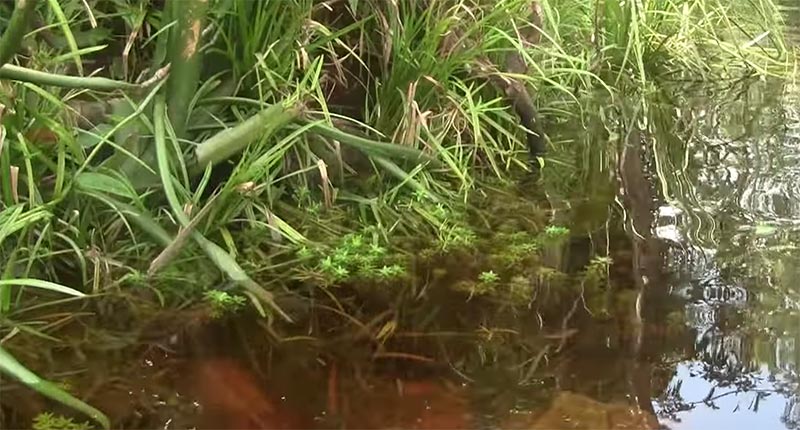
“We’re inspecting a lot of the aquatic plants growing along the margins of the stream. We find Sagittaria, Eleocharis sp., Mayaca fluviatilis, and…
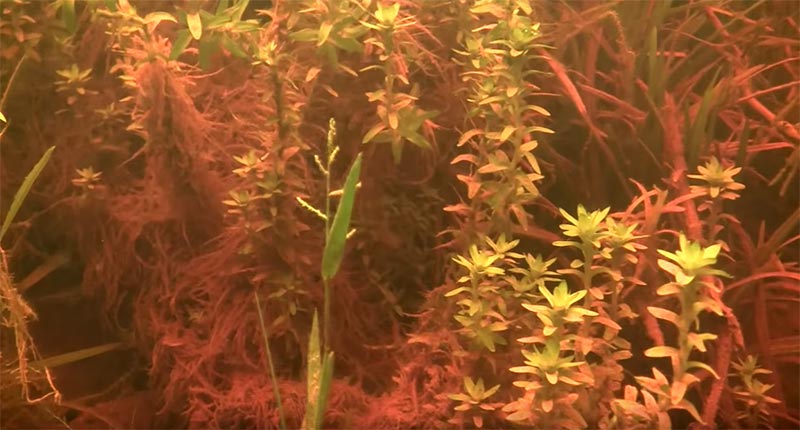
…Tonina fluviatilis,” found along the banks of the Caño Vitina, “a plant that is rare in the hobby and in great demand,” notes Ted Judy. “On this stream, however, it is pretty easy to find!”
What other hidden gems did the team find in the Caño Vitina?
You’ll have to watch below to find out!
Watch Other Episodes Here: Ep. 1 | Ep. 2 | Ep. 3 | Ep. 4 | Ep. 5 | Ep. 6 | Ep. 7 | Ep. 8 | Ep. 9 | Ep. 10 | Ep. 11 | Ep. 12 | Ep. 13 | Ep. 14 | Ep. 15 | Ep. 16 | more to come…

